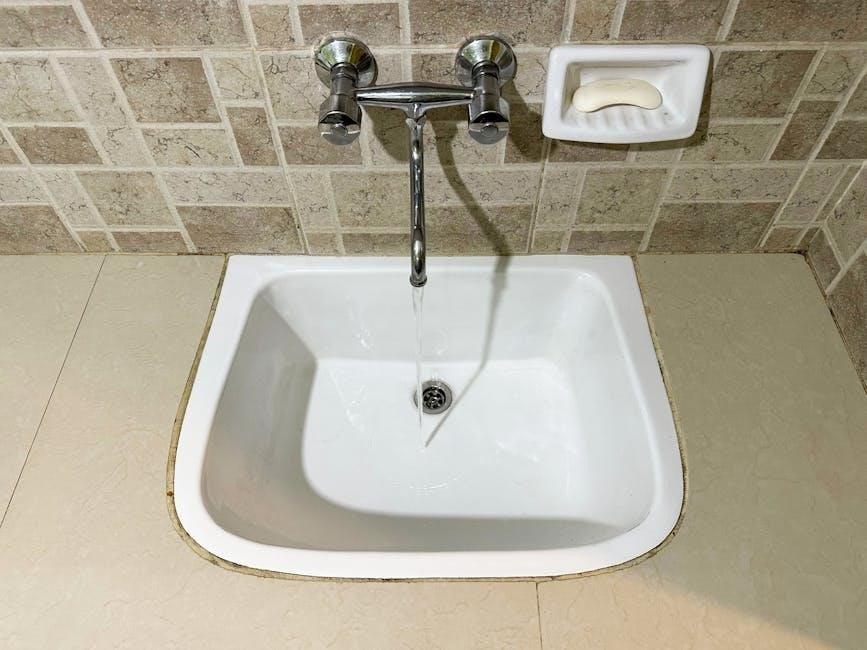Cotton is a versatile material found in most clothing, making it essential to wash correctly, using
- proper techniques
and following care labels for optimal results and longevity of garments always matters.
Importance of Proper Washing Techniques
Proper washing techniques are crucial for maintaining the quality and longevity of 100 cotton garments. Using the right methods can prevent shrinkage, fading, and damage to the fabric. The care label provides valuable information about washing temperature, drying methods, and any special care instructions. Following these guidelines is essential to ensure that the garments are washed correctly. By using proper washing techniques, individuals can extend the life of their 100 cotton clothes and prevent unnecessary wear and tear. This can also help to save money and reduce waste. Furthermore, proper washing techniques can help to maintain the appearance and texture of the fabric, keeping it looking its best. It is essential to understand the importance of proper washing techniques to get the most out of 100 cotton garments and to keep them in good condition. This knowledge can be applied to various types of 100 cotton clothes.
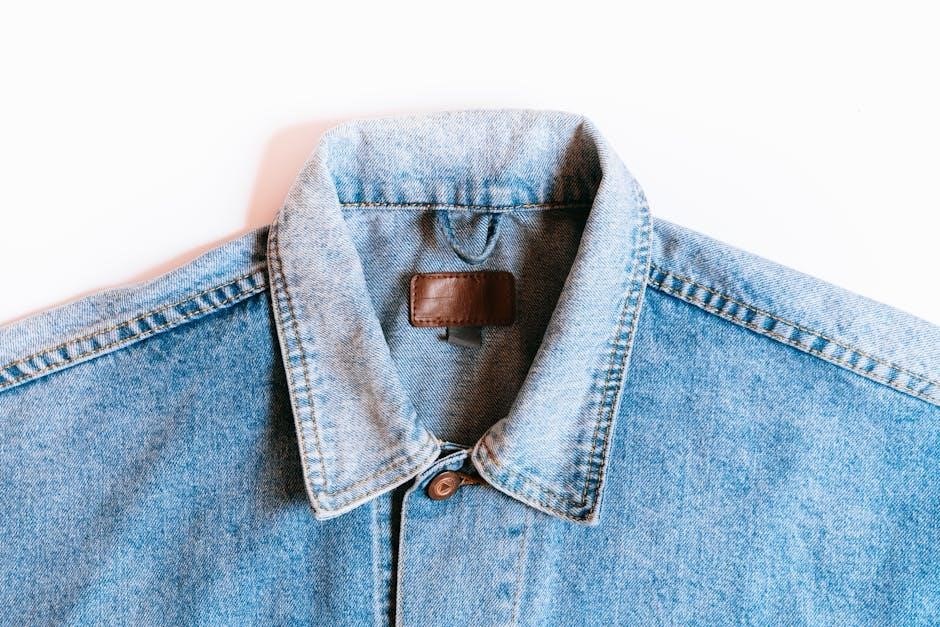
Understanding Care Labels
Care labels provide essential information about washing and drying using specific instructions for optimal results always.
Washing Temperature Recommendations
Washing temperature is a crucial aspect of washing 100 cotton clothes, as it can affect the quality and longevity of the fabric. According to various sources, it is recommended to wash 100 cotton clothes in cold or warm water to prevent shrinkage. Using hot water can cause the fabric to shrink, lose its shape, and become misshapen. The ideal washing temperature for 100 cotton clothes is between 30°C to 40°C. This temperature range allows for effective cleaning without causing damage to the fabric. It is also important to note that washing 100 cotton clothes in cold water can help preserve the color and texture of the fabric. Additionally, using a gentle wash cycle with a mild detergent can also help prevent damage to the fabric. By following these washing temperature recommendations, you can help extend the life of your 100 cotton clothes and keep them looking their best. Using the right temperature is essential for maintaining the quality of the fabric.
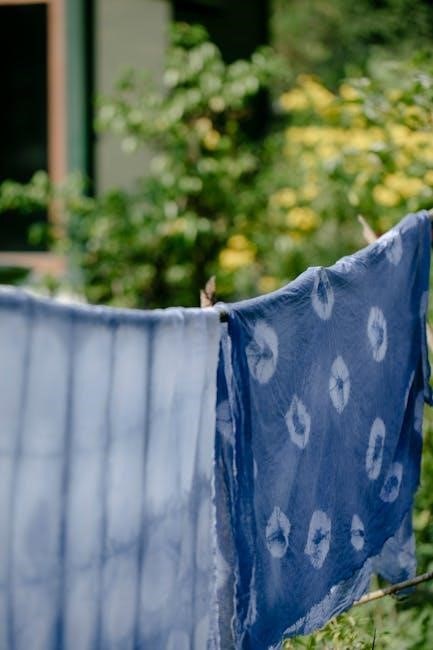
Washing 100 Cotton Clothes
Proper washing techniques involve using a
- gentle cycle
with cold water to maintain fabric quality and prevent damage always.
Optimal Water Temperatures for Washing
When it comes to washing 100 cotton clothes, optimal water temperatures play a crucial role in maintaining fabric quality and preventing shrinkage. Generally, cold water is recommended for washing colored cotton fabrics, as it helps to preserve the color and prevent fading. On the other hand, white cotton fabrics can be washed in warm or hot water, but it’s essential to check the care label first. Using the right water temperature can make a significant difference in the longevity of your clothes. According to experts, washing cotton fabrics at a lower temperature, such as 30 or 40 degrees, can help to prevent shrinkage and damage to the fabric. Additionally, using cold water can also help to reduce energy consumption and save money on your utility bills; By choosing the optimal water temperature, you can ensure that your 100 cotton clothes are washed effectively and with care. This simple step can help to extend the life of your clothes and keep them looking their best.
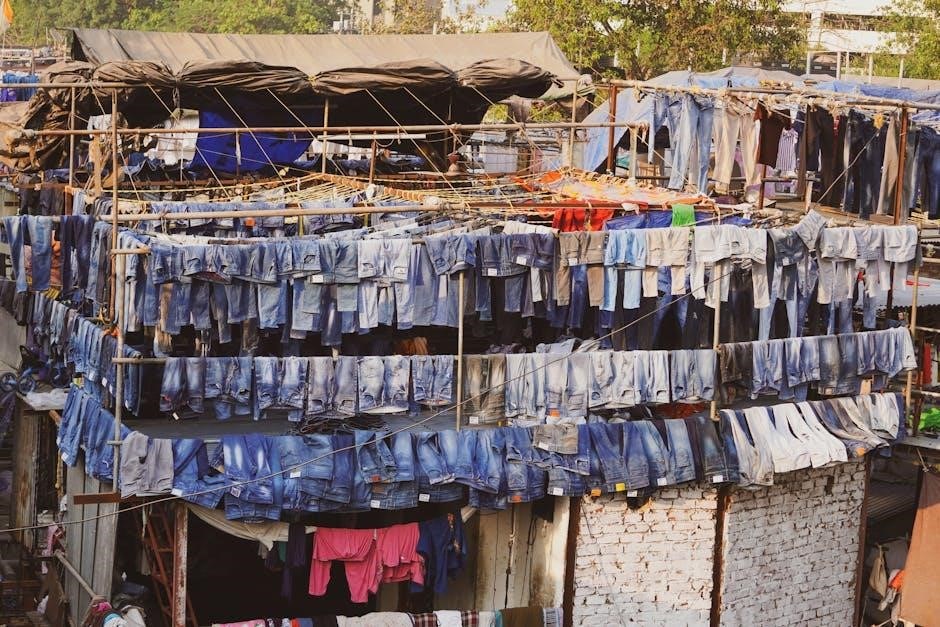
Detergent Choices and Washing Cycles
Choosing mild detergents and gentle washing cycles helps preserve fabric quality and prevents damage to 100 cotton clothes always with proper care and maintenance techniques and methods available online.
Preventing Shrinkage and Maintaining Fabric Quality
To prevent shrinkage and maintain fabric quality, it is essential to follow proper washing and drying techniques. Using cold water and gentle detergents can help reduce the risk of shrinkage.
Additionally, avoiding high heat and removing clothes from the dryer as soon as the cycle is complete can also help prevent shrinkage.
It is also recommended to air dry 100 cotton clothes, especially colored ones, to prevent color fading and fabric damage.
Furthermore, avoiding over-drying and removing wrinkles immediately can help maintain the fabric’s texture and quality.
By following these simple tips, you can help extend the life of your 100 cotton clothes and keep them looking their best.
Regular cleaning and maintenance can also help prevent the buildup of dirt and debris that can damage the fabric over time.
With proper care and attention, your 100 cotton clothes can remain soft, comfortable, and looking great for a long time.
Drying Methods for 100 Cotton Clothes
Proper drying methods include air drying or tumble drying on low heat settings always to prevent damage and shrinkage of garments made from 100 cotton materials and fabrics.
Air Drying vs Machine Drying
When it comes to drying 100 cotton clothes, there are two main options: air drying and machine drying. Air drying is a gentle and energy-efficient way to dry clothes, and it is especially suitable for delicate or sensitive fabrics. On the other hand, machine drying is faster and more convenient, but it can be harsh on fabrics and cause shrinkage. To air dry 100 cotton clothes, simply hang them up or lay them flat on a towel, making sure they are not overlapping or bunched up. Machine drying, on the other hand, should be done on a low heat setting to prevent damage to the fabric. It is also important to remove clothes from the dryer as soon as the cycle is complete to prevent wrinkles and creases. By choosing the right drying method, you can help extend the life of your 100 cotton clothes and keep them looking their best. Using a clothes rack or a drying rack can also help to prevent moisture from building up and reduce the risk of mold and mildew. Additionally, air drying can help to preserve the texture and color of the fabric, while machine drying can cause fading and discoloration. Overall, the choice between air drying and machine drying depends on the type of fabric, the level of care required, and personal preference.
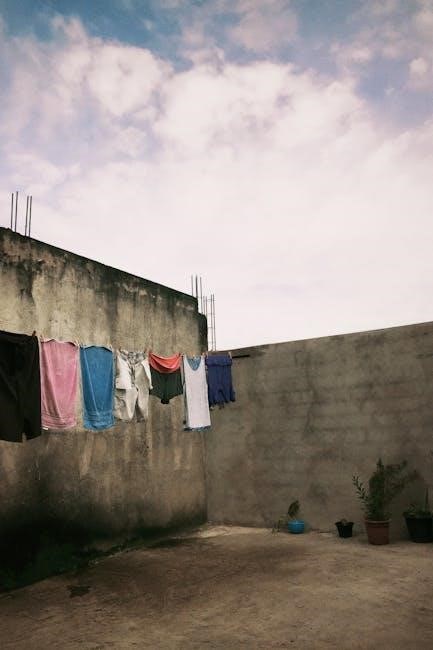
Stain Removal and Special Care Instructions
Removing stains from 100 cotton requires gentle techniques and suitable cleaning products always.
Caring for Colored and White Cotton Fabrics
Caring for colored and white cotton fabrics requires attention to detail to maintain their quality and appearance. For white cotton fabrics, washing in hot or warm water is suitable, while colored fabrics should be washed in cold water to prevent color fading. Using a mild detergent and avoiding bleach can help preserve the colors and fabric texture. It is also essential to separate colored and white fabrics when washing to prevent color transfer. Additionally, considering the type of dye used for colored fabrics can help determine the best washing method. By following these guidelines, you can keep your colored and white cotton fabrics looking their best and extend their lifespan. Proper care and washing techniques can make a significant difference in maintaining the quality and appearance of your cotton fabrics, ensuring they remain vibrant and durable for a long time.
